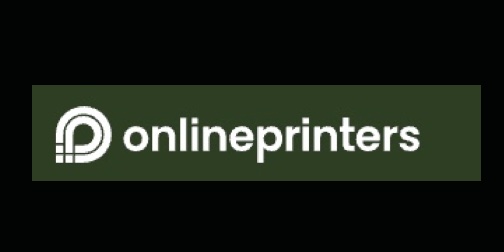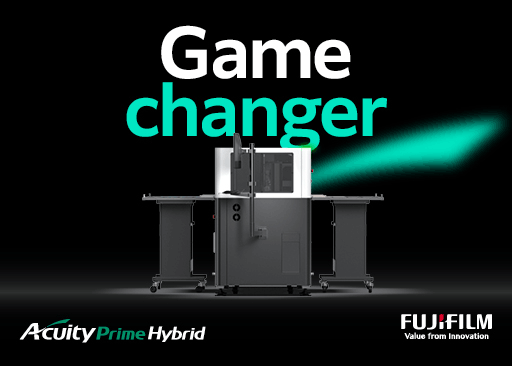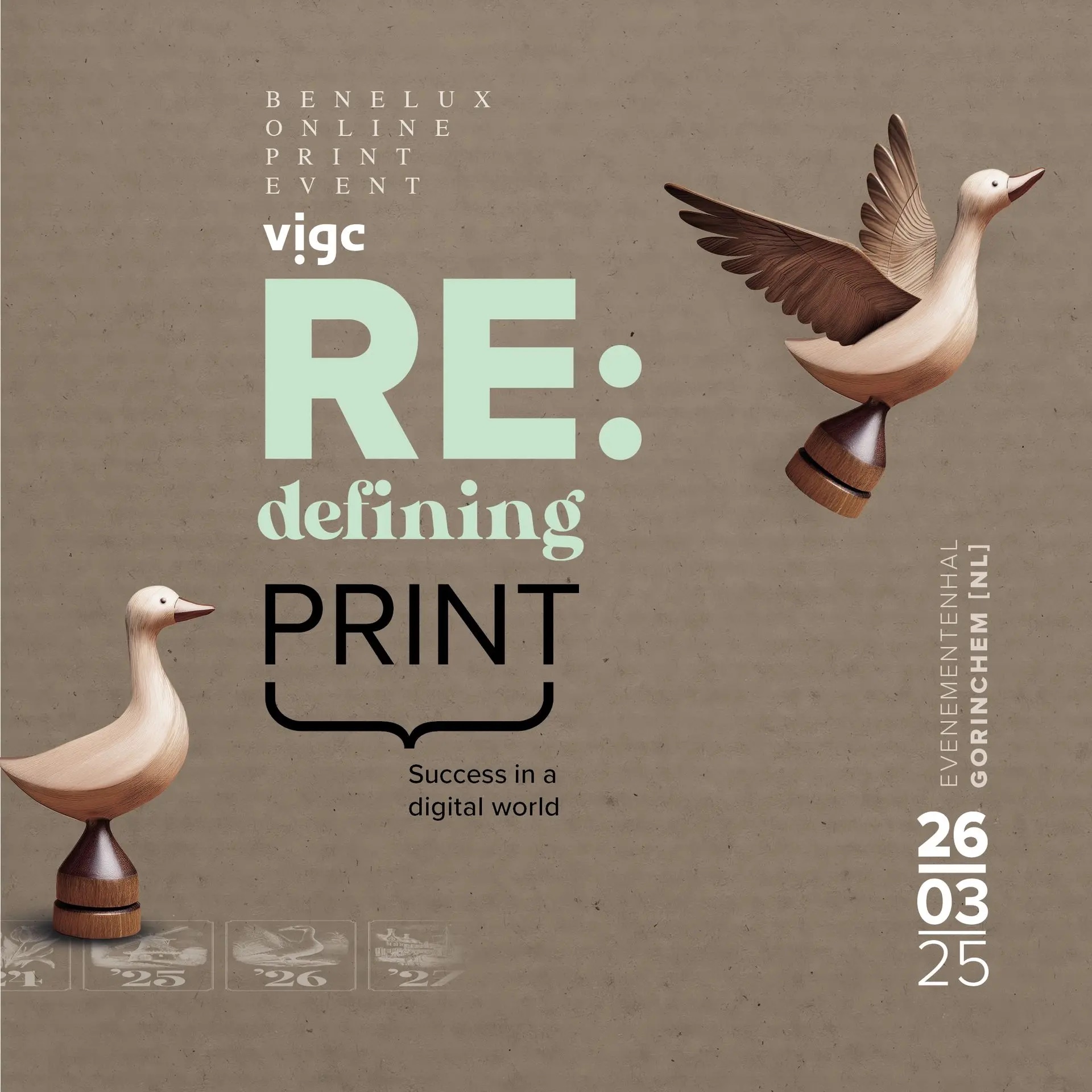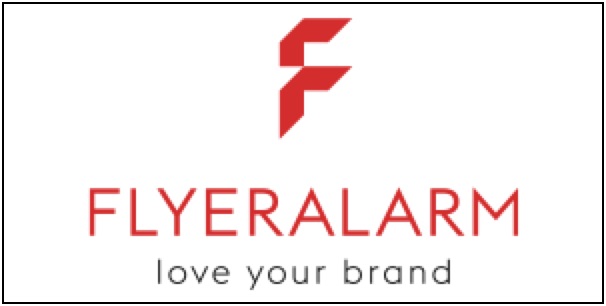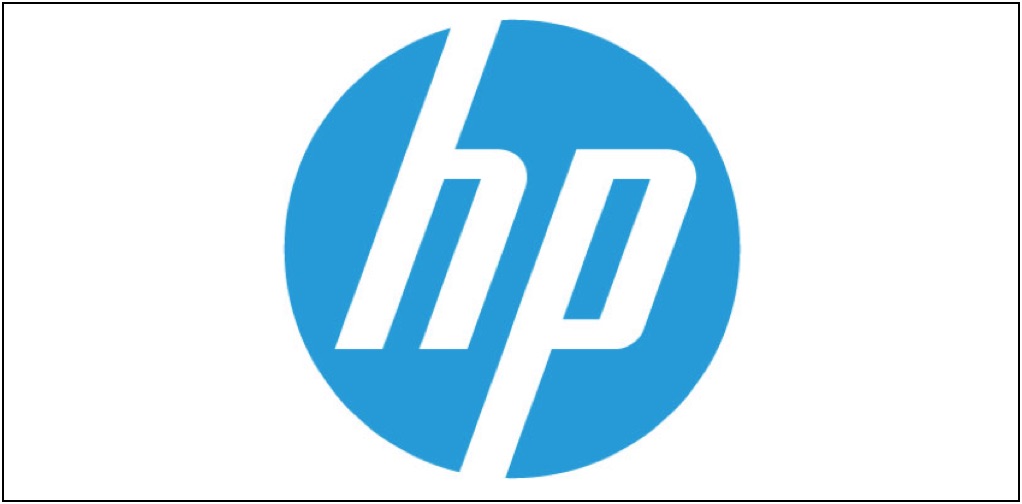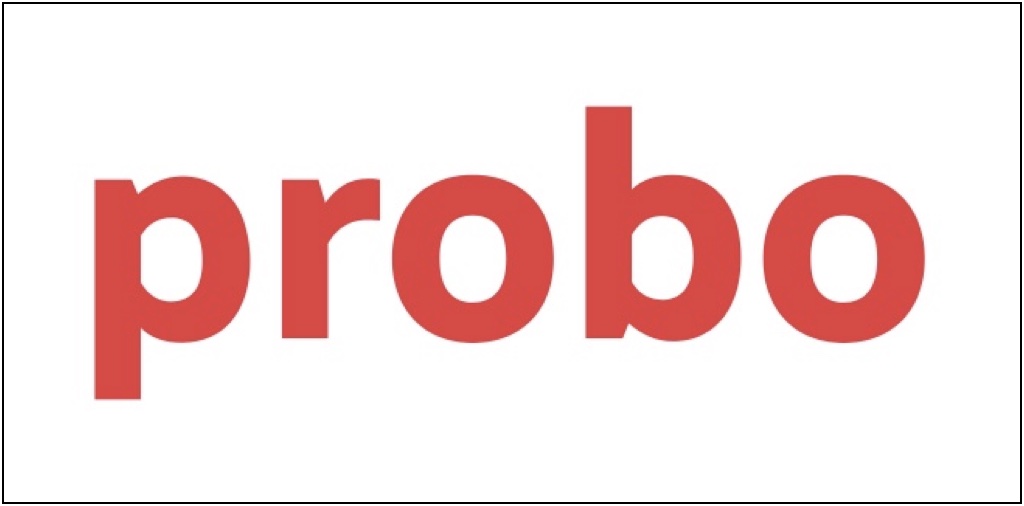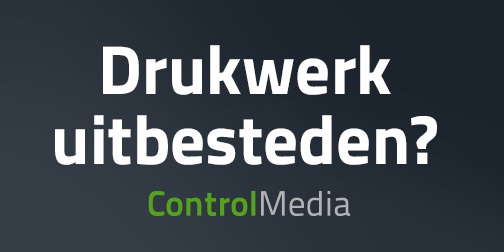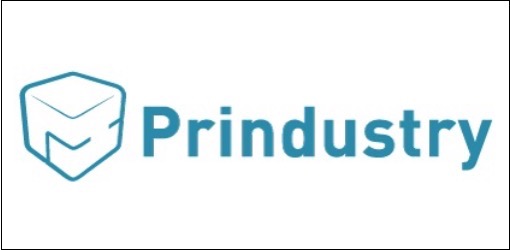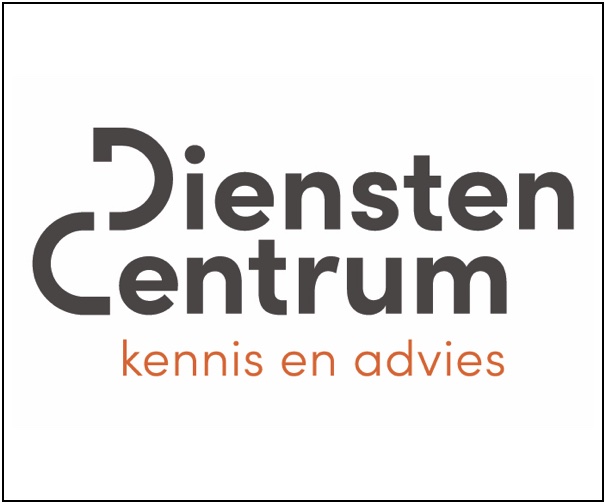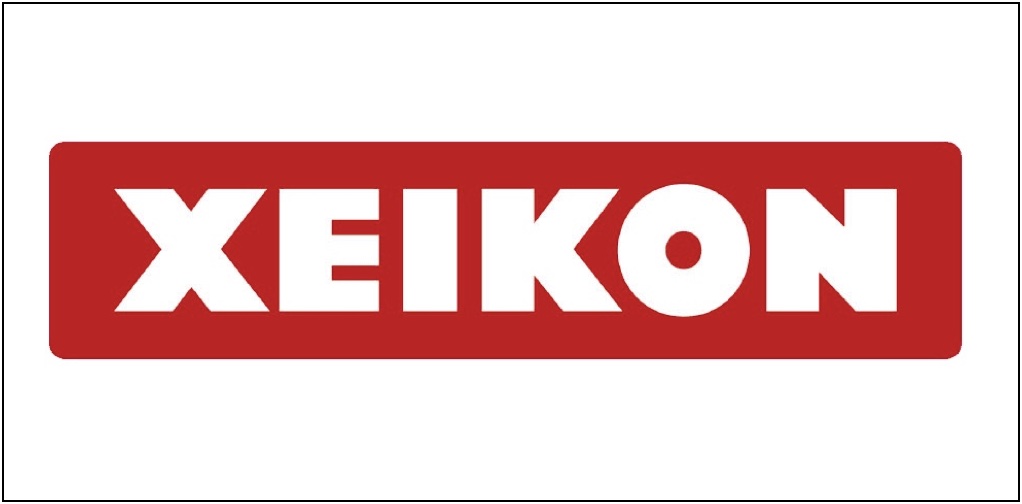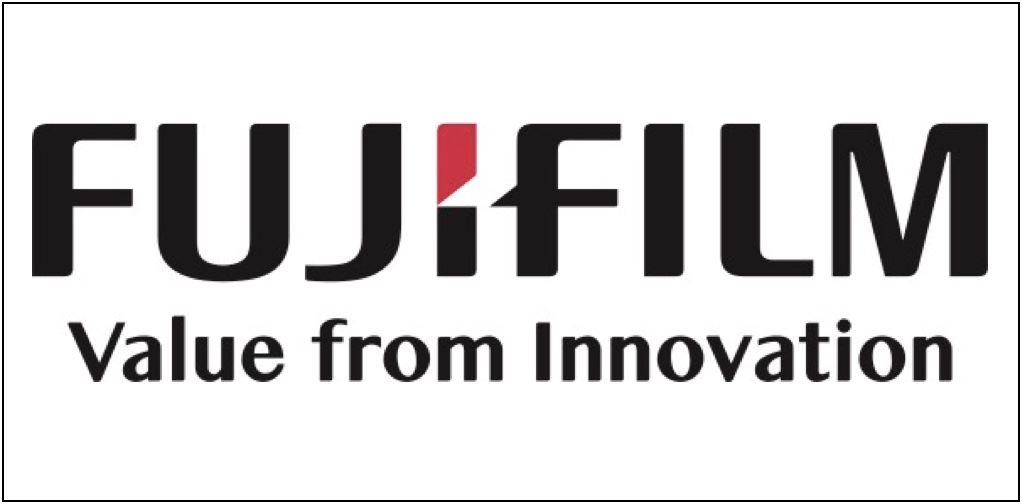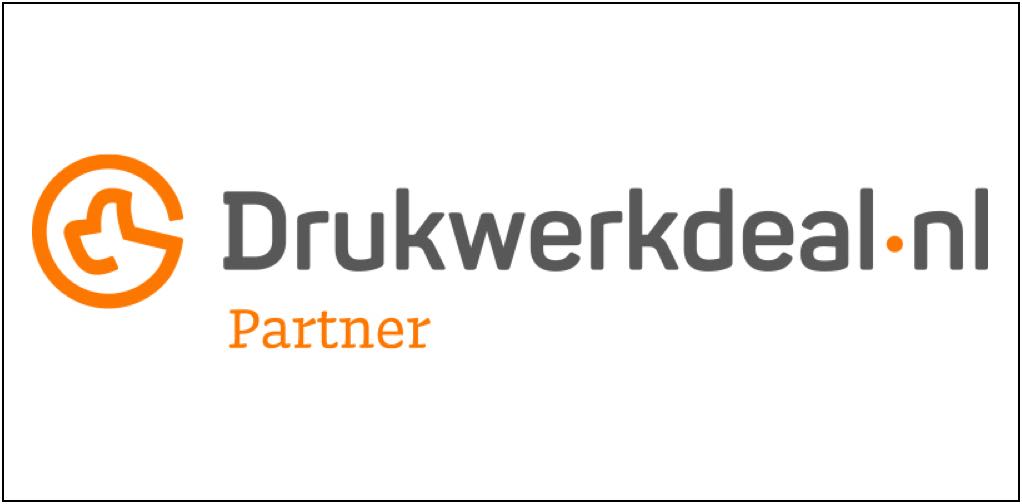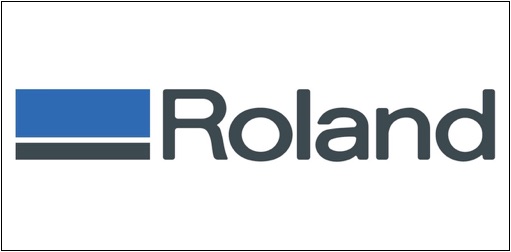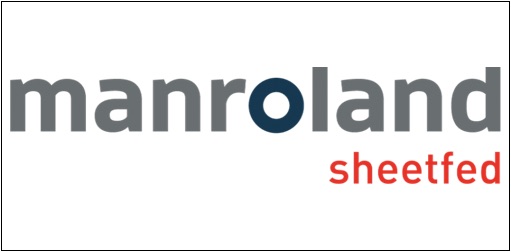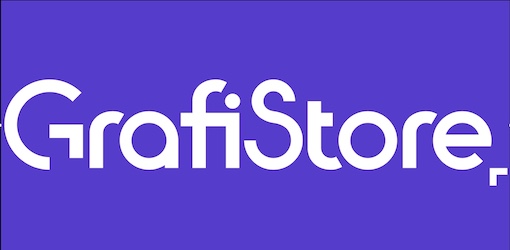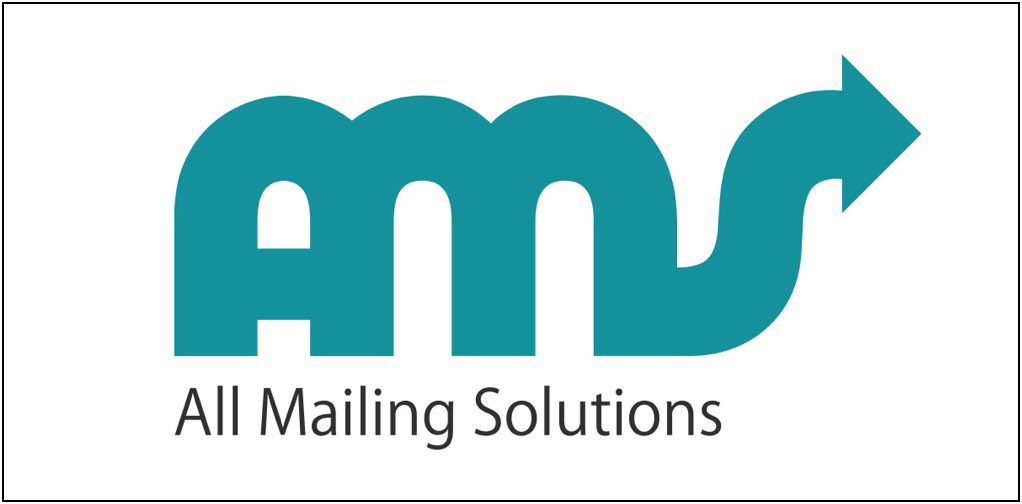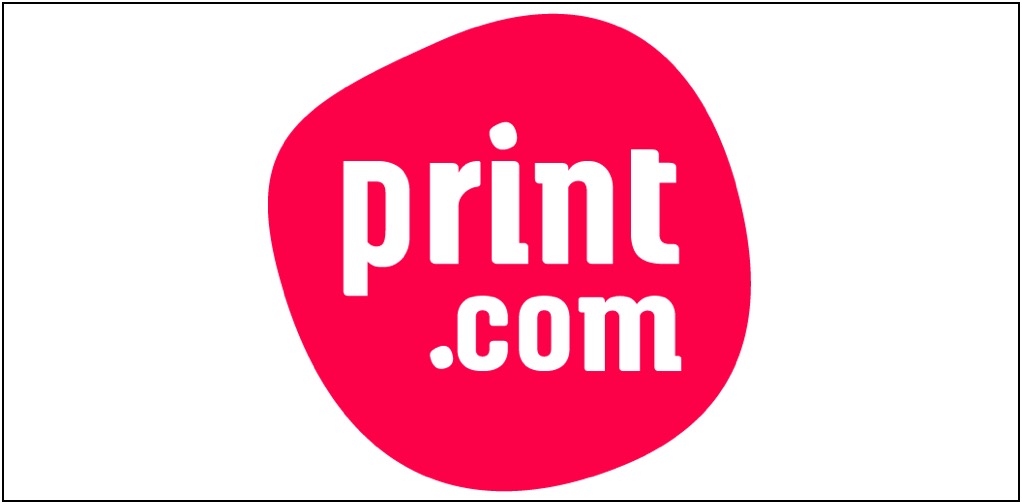Rob van den Braak
 Now the prices for computers are much lower it becomes more and more interesting to sell products via internet kiosks in public places. This was previously work for experts, but now with software such as Sitekiosk it is simple and fast. For 149 euro there is a basic version, a version which allows you to really sell costs 260 euro. Sitekiosk is the perfect combination for a computer on usb, such as the new Inter Computer Stick. This can make any screen with usb interface into a kiosk. More information or download a test version via this link.
Now the prices for computers are much lower it becomes more and more interesting to sell products via internet kiosks in public places. This was previously work for experts, but now with software such as Sitekiosk it is simple and fast. For 149 euro there is a basic version, a version which allows you to really sell costs 260 euro. Sitekiosk is the perfect combination for a computer on usb, such as the new Inter Computer Stick. This can make any screen with usb interface into a kiosk. More information or download a test version via this link.
Lees verder....
 Paul Lindström lists installation tips for the wide format Rollsroller flatbed applicator. Read is guide about saving time and money with this application. Download his tips from our download page.
Paul Lindström lists installation tips for the wide format Rollsroller flatbed applicator. Read is guide about saving time and money with this application. Download his tips from our download page.
Lees verder....
 Paul Lindström geeft in deze Wild Format Guide tips voor de installatie van groot formaat afwerk apparatuur van Rollsroller. Lees in zijn Guide hoe geld en tijd bespaard kan worden met deze apparatuur. Download zijn tips via onze download pagina.
Paul Lindström geeft in deze Wild Format Guide tips voor de installatie van groot formaat afwerk apparatuur van Rollsroller. Lees in zijn Guide hoe geld en tijd bespaard kan worden met deze apparatuur. Download zijn tips via onze download pagina.
Lees verder....
 Er zijn meer super mini computers te koop, maar de Intel Compute Stick is met zijn quad-core Atom processor, Wifi b/g/n en een microSD slot één van de eerste volwaardige versies ervan. Naar keuze wordt de Compute Stick geleverd met Windows 8.1 of Linux. De prijzen voor deze versie zullen respectievelijk rond de 150 en 100 euro liggen. De Compute Stick zal via Amazon en BestBuy deze zomer online te koop zijn. Met de Compute Stick maak je van elk beeldscherm of smart-tv met een USB poort een volwaardige computer die ingezet kan worden voor digital signage of als een thin client om content te distribueren.
Er zijn meer super mini computers te koop, maar de Intel Compute Stick is met zijn quad-core Atom processor, Wifi b/g/n en een microSD slot één van de eerste volwaardige versies ervan. Naar keuze wordt de Compute Stick geleverd met Windows 8.1 of Linux. De prijzen voor deze versie zullen respectievelijk rond de 150 en 100 euro liggen. De Compute Stick zal via Amazon en BestBuy deze zomer online te koop zijn. Met de Compute Stick maak je van elk beeldscherm of smart-tv met een USB poort een volwaardige computer die ingezet kan worden voor digital signage of als een thin client om content te distribueren.There are more super mini computers, but the Intel Compute Stick with its quad-core Atom processor, Wifi b/g/n and microSD slot is one of the first fully fledged versions. The Compute Stick has a choice of Windows 8.1 or Linux. Prices will be around 150 and 100 Euros respectively. The Compute Stick will be available online on Amazon and BestBuy starting this summer. The Compute Stick turns every screen or smart TV into a quality computer which can be used for digital signage or as a thin client to distribute content.
Lees verder....
 Tap Packaging installed a HP Indigo 3000 and made it into a time lapse video. In 3 minutes you can see the transformation of the hall and the installation of the digital packaging press with an in-line priming unit and a TRESU coater. Watch the video on our video page.
Tap Packaging installed a HP Indigo 3000 and made it into a time lapse video. In 3 minutes you can see the transformation of the hall and the installation of the digital packaging press with an in-line priming unit and a TRESU coater. Watch the video on our video page.
Lees verder....
 Tap Packaging installeerde een HP Indigo 3000 en maakte een time lapse video daarvan. Zo kun je de transformatie van de hal en de opbouw van deze digitale verpakkingspers met een in-line priming unit en een TRESU coater in 3 minuten bekijken via het filmpje op onze Video Pagina.
Tap Packaging installeerde een HP Indigo 3000 en maakte een time lapse video daarvan. Zo kun je de transformatie van de hal en de opbouw van deze digitale verpakkingspers met een in-line priming unit en een TRESU coater in 3 minuten bekijken via het filmpje op onze Video Pagina.Lees verder....
 Miyakoshi Printing Machinery maakt al 70 jaar offsetpersen en afwerkapparatuur voor formulierendrukkers. Het levert zijn kwaliteitsproducten ook aan bedrijven zoals Kodak, Canon/Océ, Fuji Xerox en Fujifilm. Voor de label- en verpakkingsmarkt maakt het al 10 jaar smalle baan offset rotatie persen met UV droging. Deze MLP13 persen zijn volgens experts de beste in de markt, maar wel erg duur. Miyakoshi ontwierp daarom een inkjet versie die ook met UV droging werkt. In zijn programma heeft het Japanse bedrijf ook een dry-toner printer die het in samenwerking met Konica Minolta ontwierp en bouwt. Uniek in de lijn zijn liquid toner persen, een B2 formaat vellenpers en twee rotatiepersen. De vellenpers heeft een maximale snelheid van 8.000 druks/uur en zal op de Drupa 2016 ongetwijfeld de aandacht van veel drukkers trekken. Meer informatie over de productlijn van deze interessante machinebouwer vind je via deze link.
Miyakoshi Printing Machinery maakt al 70 jaar offsetpersen en afwerkapparatuur voor formulierendrukkers. Het levert zijn kwaliteitsproducten ook aan bedrijven zoals Kodak, Canon/Océ, Fuji Xerox en Fujifilm. Voor de label- en verpakkingsmarkt maakt het al 10 jaar smalle baan offset rotatie persen met UV droging. Deze MLP13 persen zijn volgens experts de beste in de markt, maar wel erg duur. Miyakoshi ontwierp daarom een inkjet versie die ook met UV droging werkt. In zijn programma heeft het Japanse bedrijf ook een dry-toner printer die het in samenwerking met Konica Minolta ontwierp en bouwt. Uniek in de lijn zijn liquid toner persen, een B2 formaat vellenpers en twee rotatiepersen. De vellenpers heeft een maximale snelheid van 8.000 druks/uur en zal op de Drupa 2016 ongetwijfeld de aandacht van veel drukkers trekken. Meer informatie over de productlijn van deze interessante machinebouwer vind je via deze link.
Lees verder....
 Miyakoshi Printing Machinery has for 70 years supplied offset press and postpress equipment to the form printing industry. It supplies its top of the range products to companies such as Kodak, Canon/Océ, Fuji Xerox and Fujifilm. It has been making its semi rotary web offset label press for 10 years now. These MLP13 presses are the best in the market according to experts, albeit quite pricey. For this reason Miyakoshi has designed a UV inkjet version. The Japanese company also has a waterless offset press which was developed and is being sold together with Konica Minolta. Unique in the series are the liquid toner presses, a B2 cut-sheet press and two rotation presses. The cut-sheet press has a maximum speed of 8,000 printers/hour and will undoubtedly attract a lot of attention during the Drupa 2016. More information about these products and the very interesting manufacturer via this link.
Miyakoshi Printing Machinery has for 70 years supplied offset press and postpress equipment to the form printing industry. It supplies its top of the range products to companies such as Kodak, Canon/Océ, Fuji Xerox and Fujifilm. It has been making its semi rotary web offset label press for 10 years now. These MLP13 presses are the best in the market according to experts, albeit quite pricey. For this reason Miyakoshi has designed a UV inkjet version. The Japanese company also has a waterless offset press which was developed and is being sold together with Konica Minolta. Unique in the series are the liquid toner presses, a B2 cut-sheet press and two rotation presses. The cut-sheet press has a maximum speed of 8,000 printers/hour and will undoubtedly attract a lot of attention during the Drupa 2016. More information about these products and the very interesting manufacturer via this link.
Lees verder....
 Organisations such as ISO and Fogra are very busy trying to find standardised methods of measuring energy consumption of digital printers. There is still a long way to go and Lauren Brunner discussed the bumps in the road on her Verdigris blog on our articles page.
Organisations such as ISO and Fogra are very busy trying to find standardised methods of measuring energy consumption of digital printers. There is still a long way to go and Lauren Brunner discussed the bumps in the road on her Verdigris blog on our articles page.
Lees verder....
 Within our ISO working group we are looking at a document Fogra has drafted to provide guidance for quantifying how much energy a digital printing device consumes. You would think that this is pretty straightforward, but it’s not just a matter of counting how many units of electricity a digital press gobbles up. The idea would be to provide a means of accurately capturing comprehensive energy consumption data consistently, from device to device.
Within our ISO working group we are looking at a document Fogra has drafted to provide guidance for quantifying how much energy a digital printing device consumes. You would think that this is pretty straightforward, but it’s not just a matter of counting how many units of electricity a digital press gobbles up. The idea would be to provide a means of accurately capturing comprehensive energy consumption data consistently, from device to device.
It is also hoped that a standard measurement method might provide buyers of digital printing engines with a universal model for calculating operational energy consumption. Such data would obviously contribute to working out the overall operating cost of a digital press, and our understanding of how digital printing devices impact the environment.
There is no doubt that the graphics industry needs better tools for measuring its energy use, for both narrow and wide format digital presses. Without a common model we have no means to reliably compare the power consumption of different digital presses, beyond the data collected with an on press metre. Energy consumption information is also necessary for calculating the carbon footprints of a print run or of individual prints.
A standard measurement method should also be very useful for printing machine manufacturers. They would be able to declare the energy consumption of their devices using a common set of criteria and buyers would be able to compare the data as part of their purchasing decisions. But the devil in all this in the detail, so precise and unambiguous definitions are key. We need to have consensus on what we mean by terms such as stand-by mode or wait mode, and whether or not peripheral equipment should be included in the calculation. And indeed what counts as peripheral equipment?
These and many more questions require guidance for what constitutes a standard configuration of a digital press. And print modes would also need to be clarified, because manufacturers’ ideas of Quality or Production modes aren’t always the same. It gets worse because we need to be sure that the method and guidance works for all types of digital printing devices. It must not be biased in any way to devices specialised for particular applications such as transactional or poster printing.
Clearly we have a long way yet to go in developing a universally acceptable means to measure energy consumption in digital presses. However once the work is done it will bring considerable benefits to the market. Not least of these is reinforcing print’s environmental accountability and the industry’s commitment to improving its footprint.
Within our ISO working group we are looking at a document Fogra has drafted to provide guidance for quantifying how much energy a digital printing device consumes. You would think that this is pretty straightforward, but it’s not just a matter of counting how many units of electricity a digital press gobbles up. The idea would be to provide a means of accurately capturing comprehensive energy consumption data consistently, from device to device.
Laurel Brunner

This blog has been made possible by: Agfa Graphics (www.agfa.com), Digital Dots (http://digitaldots.org), drupa (www.drupa.com), EFI (www.efi.com), Fespa (www.fespa.com), Heidelberg (www.uk.heidelberg.com), Kodak (www.kodak.com/go/sustainability), Mondi (www.mondigroup.com/products), Pragati Offset (www.pragati.com), Ricoh (www.ricoh.com), Shimizu Printing (www.shzpp.co.jp), Splash PR (www.splashpr.co.uk), Unity Publishing (http://unity-publishing.co.uk) and Xeikon (www.xeikon.com).
Blokboek.com is the Dutch media partner of Verdrigris, a non-profit initiative which aims to realistically chart the real footprint of printing and which helps companies and organisations to lower that footprint. More information about Verdrigris can be found via this link.
VIGC BOPE 2025: Redefining print. Success in a digital world. Met o.a. Peter Luit als gesprekleider binnen het panelgesprek ‘Platformeconomie, kansen voor grafimedia bedrijven?’
De trainingen voor 2022 staan gereed. Kijk voor het volledige online aanbod van bestaande- en nieuwe trainingen op de website.
BLOKBOEK.COM EN PRINTMEDIANIEUWS: HET OPTIMALE DOELGROEP BEREIK


